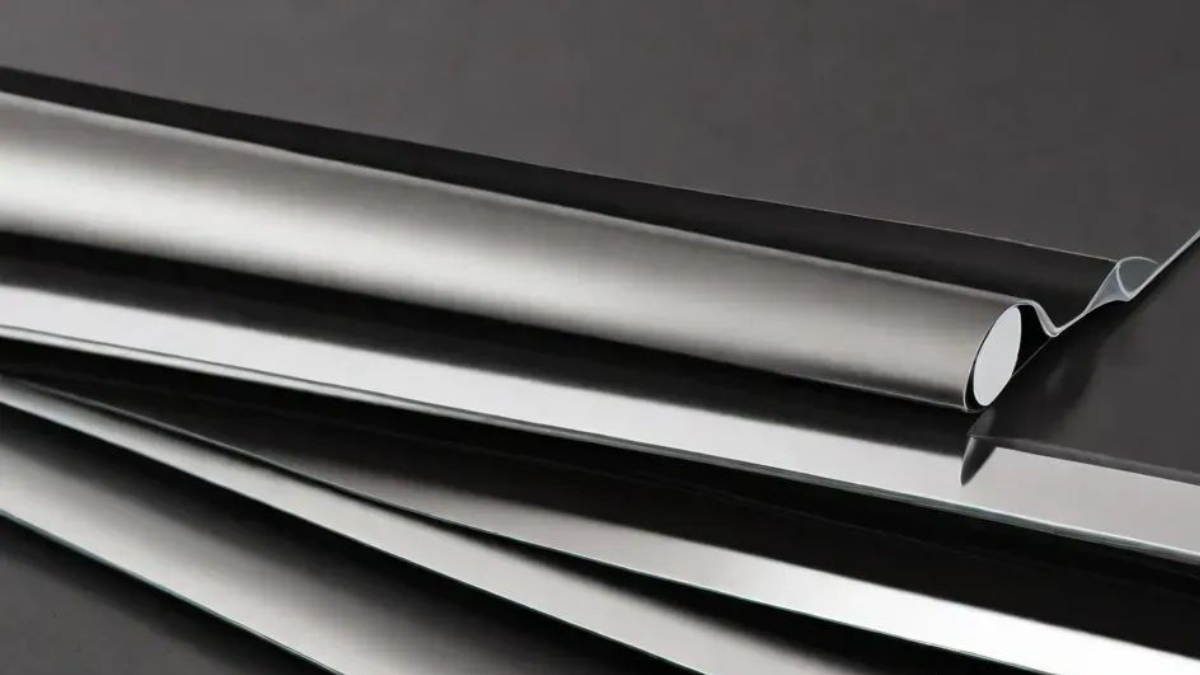
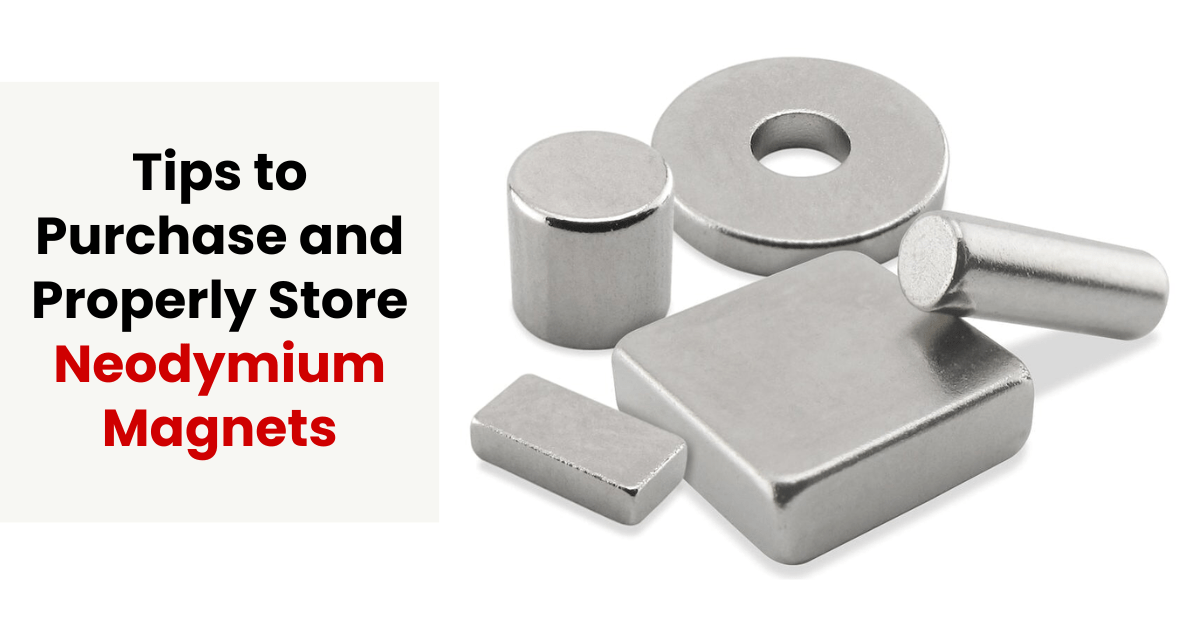
Neodymium magnets, also known as rare earth magnets, are incredibly powerful and versatile tools with a wide range of applications. From industrial machinery to consumer electronics, neodymium magnets have become an essential component in many devices. If you are considering purchasing and storing neodymium magnets, it’s crucial to understand the process and take necessary precautions to ensure safety and longevity.
In this blog posts, we will provide you with valuable tips to help you purchase the right neodymium magnets and store them properly.
Neodymium magnets are the strongest permanent magnets available, offering remarkable strength in a compact size. They are composed primarily of neodymium, iron, and boron, which contribute to their exceptional magnetic properties.
Neodymium magnets are used in various industries, including automotive, electronics, renewable energy, and medical devices.
Where to Purchase Neodymium Magnets
When it comes to purchasing neodymium magnets, you have several options available.
a) Local Stores: Neodymium magnets can be found in select hardware stores, home improvement centers, or specialty magnet stores. Search for stores near you that offer magnets or contact local suppliers to inquire about availability.
b) Online Retailers: The internet provides a vast marketplace for neodymium magnets. Various magnet suppliers can be found online, including Amazon. Ensure that you read product descriptions, customer reviews, and ratings before making a purchase.
When purchasing neodymium magnets, keep the following factors in mind:
a) Grade: There are several grades of neodymium magnets, ranging from N35 to N52. The higher the number, the stronger the magnet. Consider your specific application requirements and choose the appropriate grade accordingly.
b) Size and Shape: Neodymium magnets are available in different sizes and shapes, including discs, blocks, spheres, and cylinders. Make sure that the size and shape you choose are appropriate for the purpose you intend to use them for.
c) Coatings: Neodymium magnets are prone to corrosion, so they are often coated with nickel, zinc, or epoxy to protect them. Depending on your application, choose a suitable coating that provides the necessary protection.
Neodymium magnets are incredibly strong and can pose risks if mishandled. Follow these safety precautions:
a) Keep a safe distance: Neodymium magnets can attract or repel each other with great force. To prevent pinching or crushing injuries, maintain a safe distance between magnets and avoid placing fingers or body parts in between them.
b) Protective Gear: Wear safety gloves and safety goggles when handling neodymium magnets to protect yourself from potential injuries.
c) Fragile Items: Keep neodymium magnets away from fragile objects, such as electronic devices, credit cards, or pacemakers, as their strong magnetic field can cause damage.
To maintain the performance and longevity of your neodymium magnets, proper storage is essential. Here are some guidelines:
a) Keep magnets in pairs: Neodymium magnets should be stored in pairs or with a ferromagnetic material between them. This arrangement prevents them from attracting to other surfaces or each other, reducing the risk of damage.
b) Temperature Control: Extreme temperatures can affect the magnetic properties of neodymium magnets. Avoid direct sunlight or heat sources by storing them in a cool, dry place.
c) Avoid Impact: Neodymium magnets are brittle and can break easily if subjected to impact. Store them in a secure container such as a plastic or wooden box, to protect them from accidental drops or collisions.
d) Organize by Size and Shape: To easily access and identify your neodymium magnets, consider organizing them by size and shape. This will prevent unnecessary handling and potential damage while searching for a specific magnet.
e) Magnetic Shielding: If you need to store a large number of neodymium magnets together, consider using magnetic shielding materials such as steel sheets or magnetic receptive foams. These materials help contain the magnetic field, reducing the risk of unintended attraction and making storage safer.
Neodymium magnets should be stored in a controlled environment with low humidity and mild temperatures. High humidity can cause corrosion and weaken the magnets over time, while extreme temperatures can affect their magnetic properties.
Neodymium magnets have a strong attraction to ferrous particles in the air and on nearby surfaces. These particles can accumulate and manifest as tiny “hairs” on the magnet’s surface or packaging. To minimize contamination, it is recommended to store the magnets in clean, closed containers, such as their original Dura wrapping.
1. Retaining Magnetization: Neodymium magnets should be stored in their magnetized state, with all spacers intact. Keeping the magnets magnetized ensures their optimal performance. If demagnetization occurs, it may be necessary to use buffering materials between magnets of different alloys to prevent further magnetic loss.
2. Proper Shelving: When storing neodymium magnets on shelves, choose shelving with adequate clearance. Metal shelving with insufficient clearance can cause the magnets to jump or shift when accessing them, potentially leading to damage or injury. Ensure that the magnets are securely placed to prevent accidental movement.
3. Avoiding Magnetic Interference: Do not store neodymium magnets near sensitive electronics, equipment with cathode ray tubes (CRT), or magnetic storage media. Magnetic fields can disrupt the functionality of electronic devices and erase data on magnetic storage media.
To ensure the longevity and optimal performance of your neodymium magnets, periodic maintenance and cleaning are necessary:
a) Inspect for Damage: Regularly inspect your neodymium magnets for any signs of damage, such as cracks or chips. Damaged magnets should be replaced to maintain their effectiveness and safety.
b) Cleaning: Use a soft, lint-free cloth to gently clean the surface of your neodymium magnets. The coating of the magnet can be damaged by harsh chemicals or abrasive materials.
c) Avoid Water Exposure: Neodymium magnets are highly susceptible to corrosion when exposed to moisture. Keep them dry and avoid submerging them in water or exposing them to high humidity environments.
Purchasing and properly storing neodymium magnets requires careful consideration and adherence to safety guidelines. By understanding the different purchasing options, selecting the right grade and size, and taking necessary safety precautions during handling and storage, you can enjoy the benefits of these powerful magnets while ensuring their longevity and safety.
Remember, always source your neodymium magnets from reputable suppliers, follow safety guidelines, and consult professionals or experts for specific applications or concerns. With proper care, your neodymium magnets will serve as valuable tools for a wide range of applications, providing strong and reliable magnetic power. So, whether you’re a DIY enthusiast, an engineer, or simply someone fascinated by magnets, use these tips to purchase and store neodymium magnets effectively and enjoy their remarkable properties safely for years to come.
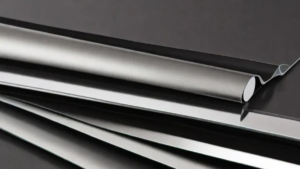
Magnetic sheeting is a flexible material that can be magnetized on one side and often has an adhesive or printable surface on the other. It
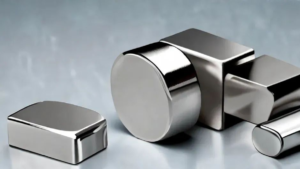
Magnets come in various shapes and sizes, each designed for specific uses. Understanding the different shapes of magnets, their properties, and their applications can help
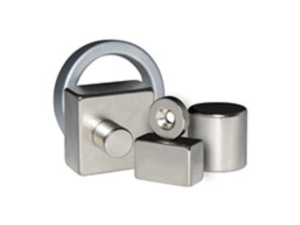
Magnets are a fascinating part of our everyday lives, from the magnets on our fridge doors to the powerful magnets used in advanced technology. There
Our magnet experts will help you get exactly what you need – custom or stock – in record time with great quality at a very competitive price.
Ⓒ 2024 - All Rights Are Reserved